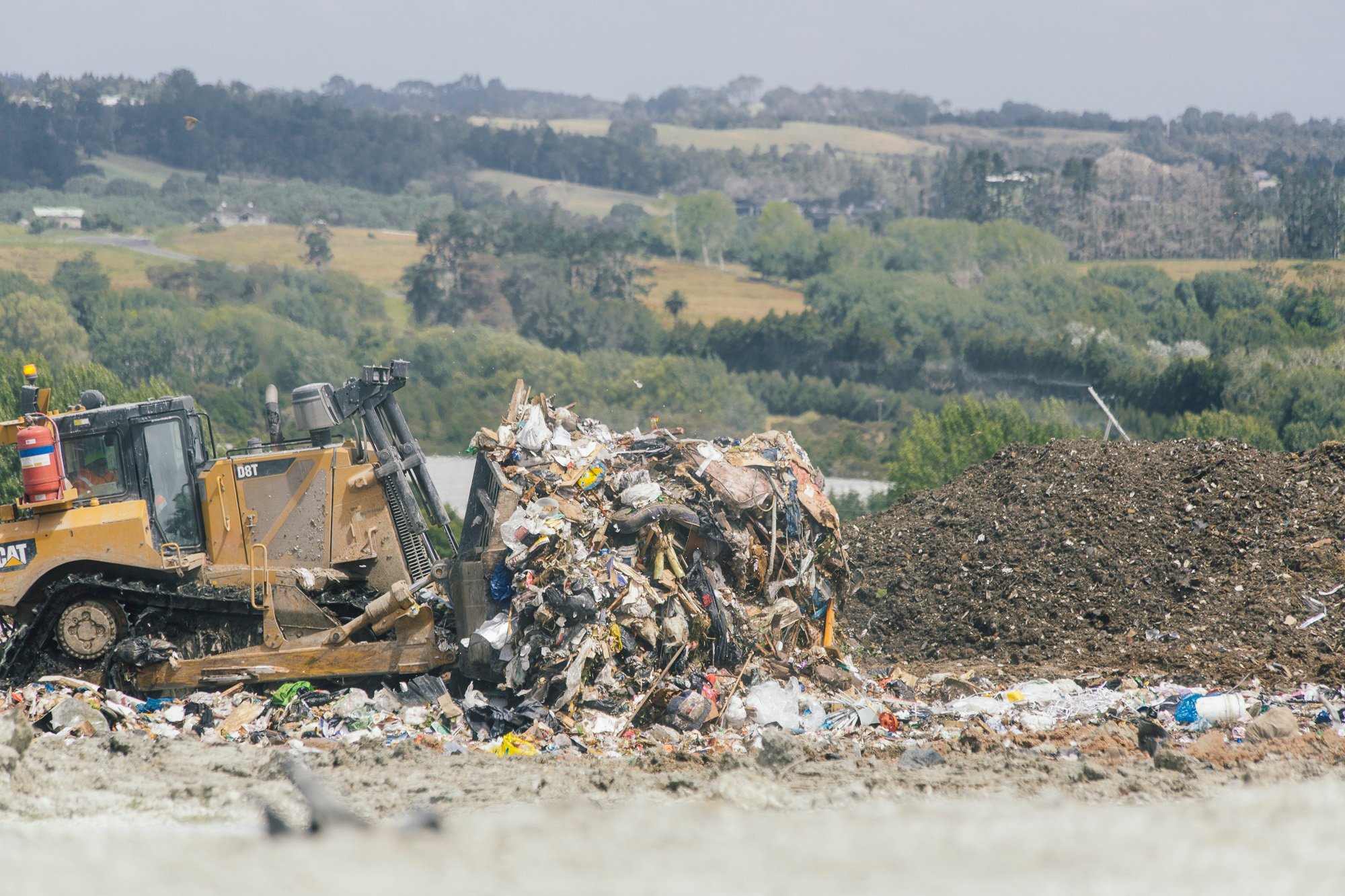Buy Less, Choose Well
Before making a purchase, consider if the item is a necessity and if it aligns with your long-term style. Invest in quality pieces that will last.

New Zealand Fashion Week is about to kick off Tāmaki Makaurau, Auckland. The week-long event highlights the creativity and craftsmanship of our local designers, but organisers acknowledge the fashion industry’s heavy environmental footprint on our planet.
As outlined in their 2023 Sustainability Strategy, they’ve committed to a series of initiatives in order to be a carbon-positive and zero-waste event by 2027.
But there's a darker side to the fashion industry that often goes unnoticed. New Zealand is not immune to the impacts of fast fashion. It’s estimated around 180,000 tonnes of clothing and textile waste is disposed in New Zealand landfills every year. [5]. What's more alarming is the composition of this waste, characterised by a shift from natural fibres to synthetic materials [5].
Ingrid Cronin Knight from Waste Management NZ highlights the challenge of recycling synthetic fibres, stating, "With clothing, it’s really complex and hard to turn back into another piece of clothing." This shift towards synthetics is driven by the demand for cheaper production costs, but it exacerbates the problem of clothing waste.
Globally, the fashion industry is responsible for an estimated 180,000 tonnes of clothing and textile waste ending up in landfills in New Zealand each year. Shein, one of the prominent fast fashion brands, produced a staggering 49 billion garments last year, equivalent to six outfits for every person on the planet.

This massive production of clothing, combined with its disposable nature, has significant environmental consequences. It's estimated that the fashion industry was responsible for 4 percent of New Zealand's total gross emissions in 2019, primarily due to methane emissions from decomposing organic material in landfills.
Recognising the urgency of addressing fashion waste, the New Zealand government has announced a new recycling project to combat clothing waste and reduce carbon emissions. The project aims to prevent the equivalent of approximately 45,000 tonnes of carbon emissions by 2035.
This initiative involves standardising recycling services and implementing household food scraps collection by 2030. The strategy emphasises the importance of transitioning towards a circular economy, where resources are kept in use for as long as possible, reducing waste in the process.
Before making a purchase, consider if the item is a necessity and if it aligns with your long-term style. Invest in quality pieces that will last.
Explore thrift stores and online platforms for second-hand clothing. It's a sustainable way to refresh your wardrobe.
Instead of discarding damaged clothing, learn basic sewing skills to repair them or get creative with upcycling projects.
Organise clothing swaps with friends or participate in community clothing exchange events to refresh your wardrobe without buying new items.
Follow care labels and instructions when washing your clothes. Overwashing and using excessive detergent can cause premature wear and tear.
When clothing is truly beyond use, explore textile recycling programmes in your area. Some brands also offer recycling initiatives.
References:





